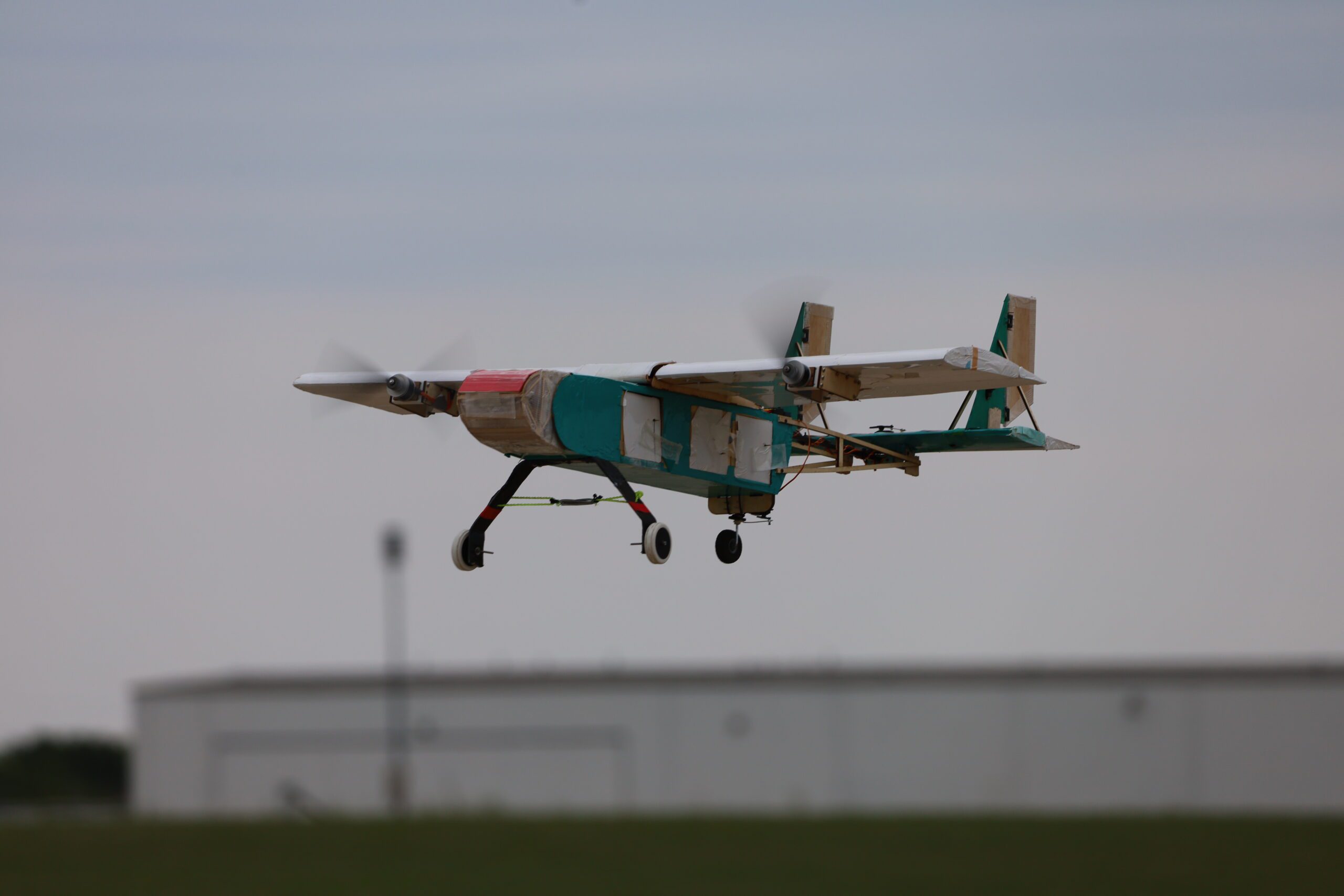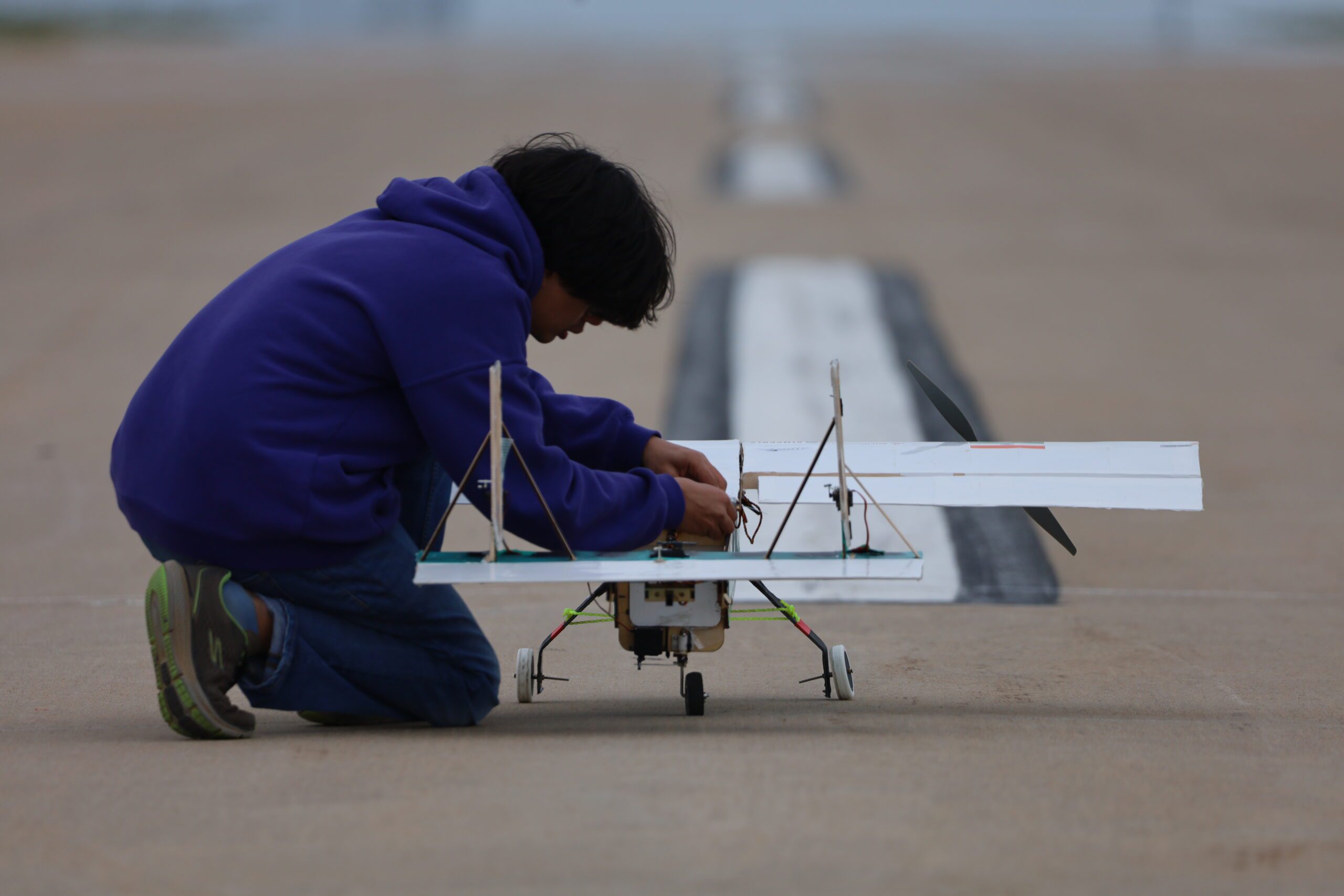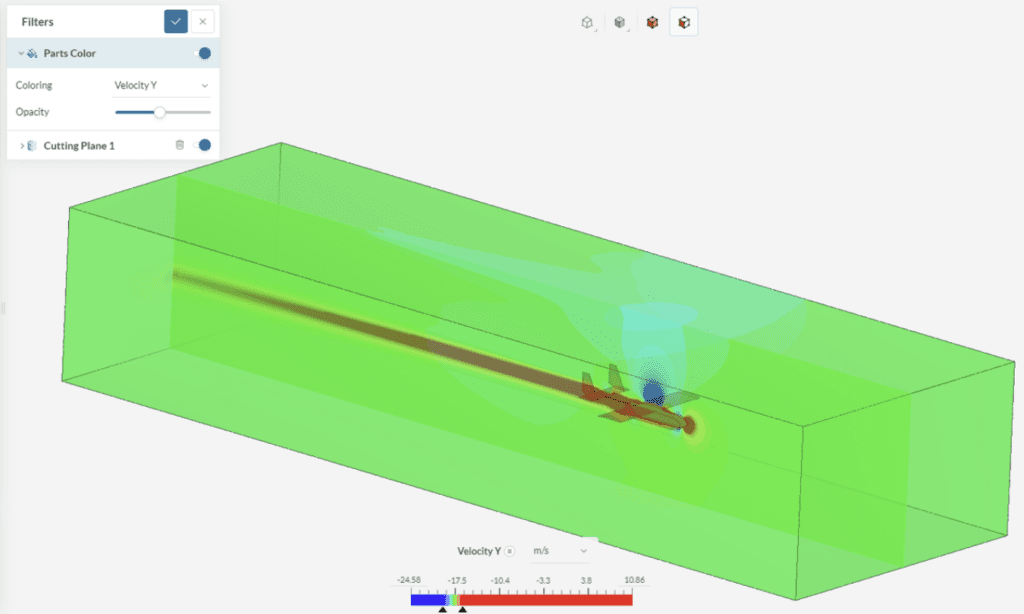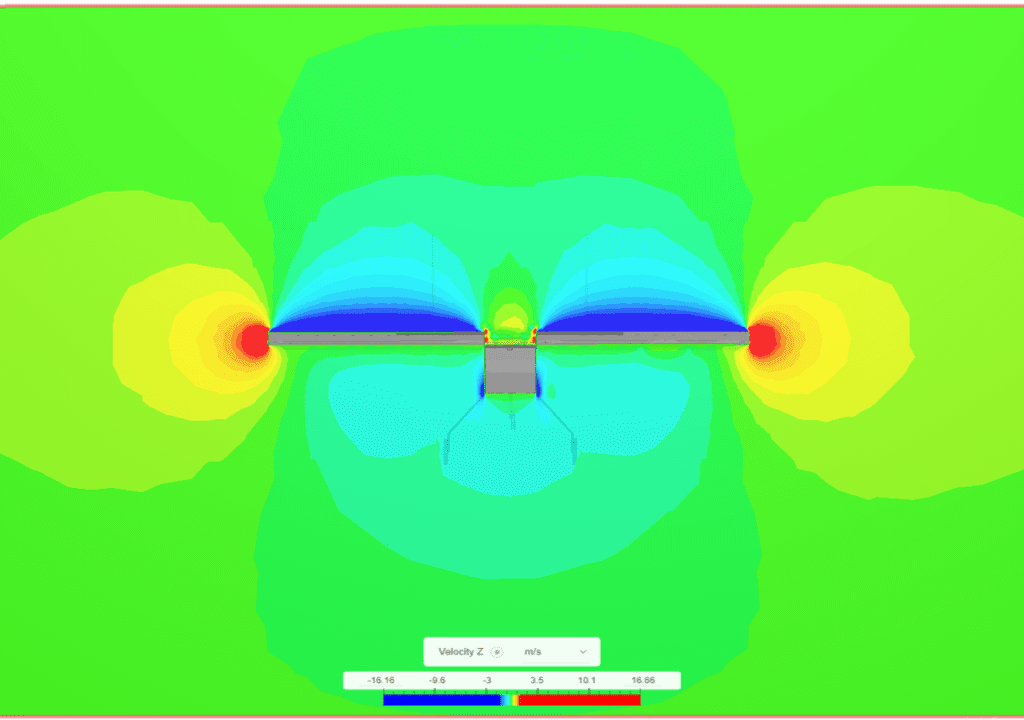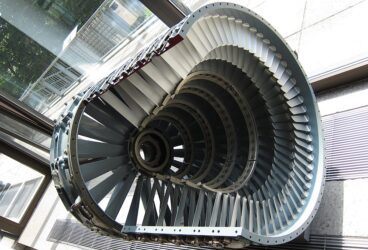Team Pegasus is a dedicated group of aerospace enthusiasts from BITS Pilani, Goa, India, united by a shared passion for aviation and engineering excellence. As an integral part of the Aero Club, their mission is to achieve distinction in competitive aerospace design. Their primary focus lies in the prestigious AIAA Design, Build, Fly competition, an international platform that challenges students globally to showcase their expertise in designing, constructing, and flying remote-controlled aircraft. Renowned for its demanding challenges, the AIAA competition pushes teams to innovate and redefine the boundaries of traditional aircraft design. Each year, it introduces complex mission profiles that rigorously test the aircraft’s versatility, efficiency, and performance.
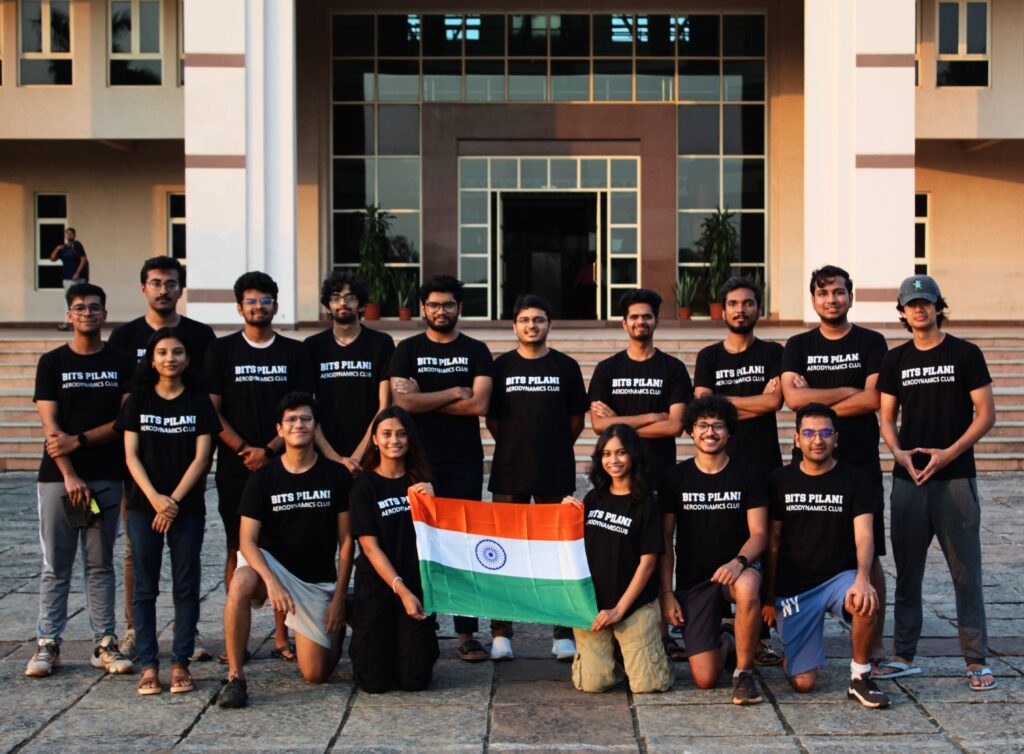
The team is proud to have achieved an impressive rank of 26 out of the 107 teams that participated from all over the world. Despite having a tight budget and a significantly smaller team size (approximately 3 to 5 times smaller) than most other participating universities, they successfully competed in the AIAA DBF competition on their first attempt.
Team Pegasus leveraged their combined creativity, technical proficiency, and teamwork to embrace the challenges, compete at the highest level, and cultivate their growth as the next generation of aerospace engineers. Their participation in AIAA extends beyond creating an aircraft; it is a comprehensive learning experience that deepens their understanding of aerodynamics, structural integrity, and propulsion systems while operating within real-world constraints and time-sensitive deadlines.
Challenges in Aircraft Design
In their pursuit of designing a high-performance aircraft for the AIAA competition, the team recognized the importance of conducting precise drag analysis. Initially, they utilized XFLR5, a widely used aerodynamic analysis tool suitable for basic simulations. However, XFLR5 proved inadequate for the team’s complex designs, mainly when dealing with intricate body geometries and interactions between different aircraft components, leading to inaccuracies in drag calculations. These inaccuracies posed a potential threat to the aircraft’s efficiency and performance, underscoring the need for a more advanced solution.
This is when SimScale became a crucial asset. As a cloud-based simulation platform, SimScale provided advanced computational capabilities without needing high-end hardware, overcoming the limitations of traditional CAE software that operates on local machines.
“SimScale not only saves time but also frees up personal laptops, which are often bogged down by heavy simulations. Additionally, SimScale’s intuitive interface and robust performance minimize the risk of crashes and errors, common in other software, ensuring reliable and consistent results. By leveraging SimScale, we were able to perform complex drag analysis with ease, providing us with accurate data to optimize our aircraft design.”
– Team Pegasus
How SimScale Simulations Led to Success
To effectively tackle the challenges of drag analysis and optimize the aircraft design, the team implemented a structured simulation approach using SimScale. Their primary objective was to assess how various design choices influenced drag and overall aerodynamic performance, with a particular focus on selecting an appropriate propulsion system for the aircraft.
The process began with creating a detailed CAD model of the RC plane, incorporating all essential components, such as the fuselage, wings, and propulsion system. Simulations were then set up in SimScale to replicate the flight conditions expected during the AIAA missions, including critical scenarios like takeoff. These simulations enabled the team to minimize drag and provided valuable insights into selecting a propulsion system that would deliver the required thrust while maintaining optimal efficiency.
By following this methodical approach, the team successfully overcame initial design challenges and significantly enhanced the overall performance of the aircraft.
The implementation of SimScale for drag analysis yielded highly accurate results, closely aligning with the team’s expectations from physical tests. One key metric analyzed was takeoff distance, which is crucial for success in the AIAA competition. The simulations accurately predicted the takeoff distance, almost perfectly matching real-world tests conducted on the prototype, highlighting the reliability of SimScale’s capabilities.
The team ran multiple CFD simulations throughout the project to refine the final configuration, focusing on propeller sizing to ensure efficient flight. Despite the design’s complexity, SimScale’s cloud infrastructure handled the simulations efficiently, running significantly faster than would have been possible on local machines. This allowed for rapid iterations and informed decision-making. The strong correlation between the simulated and real-world data reinforced the team’s confidence in using SimScale for future projects.
“SimScale has been a game-changer for Team Pegasus, transforming the way we approach aircraft design and optimization. Its cloud-based platform offers unmatched convenience and power, allowing us to conduct complex simulations quickly and accurately. The ability to validate our designs with scientific precision has not only enhanced our performance but also our confidence as engineers. SimScale is more than just a tool; it’s an essential part of our journey towards innovation and excellence in the field of aerospace engineering.”
– Team Pegasus

